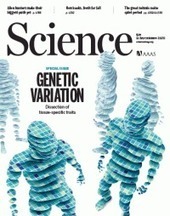An ethical framework for global vaccine allocation | Science

An ethical framework for global vaccine allocation | Science
12/09/2020
Transparents, à LED, auto-nettoyants, connectés… à quoi ressembleront les masques de demain ?
12/09/2020Once effective coronavirus disease 2019 (COVID-19) vaccines are developed, they will be scarce. This presents the question of how to distribute them fairly across countries. Vaccine allocation among countries raises complex and controversial issues involving public opinion, diplomacy, economics, public health, and other considerations. Nevertheless, many national leaders, international organizations, and vaccine producers recognize that one central factor in this decision-making is ethics (1, 2). Yet little progress has been made toward delineating what constitutes fair international distribution of vaccine. Many have endorsed “equitable distribution of COVID-19…vaccine” without describing a framework or recommendations (3, 4). Two substantive proposals for the international allocation of a COVID-19 vaccine have been advanced, but are seriously flawed. We offer a more ethically defensible and practical proposal for the fair distribution of COVID-19 vaccine: the Fair Priority Model.
The Fair Priority Model is the best embodiment of the ethical values of limiting harms, benefiting the disadvantaged, and recognizing equal concern. The responsibility for implementing the model rests with countries, international organizations, and vaccine producers. They need to use the cooperative mechanisms that have been created to deal with the pandemic, such as the COVAX facility. Organizations also have indispensable roles in empirically assessing how vaccine distribution in fact affects countries with respect to metrics like SEYLL, poverty, and GNI. Ultimately, the model offers governments, international organizations, and vaccine producers a practical way to fulfill their pledges to distribute vaccine fairly and equitably, and make their words a reality.
Source: science.sciencemag.org



